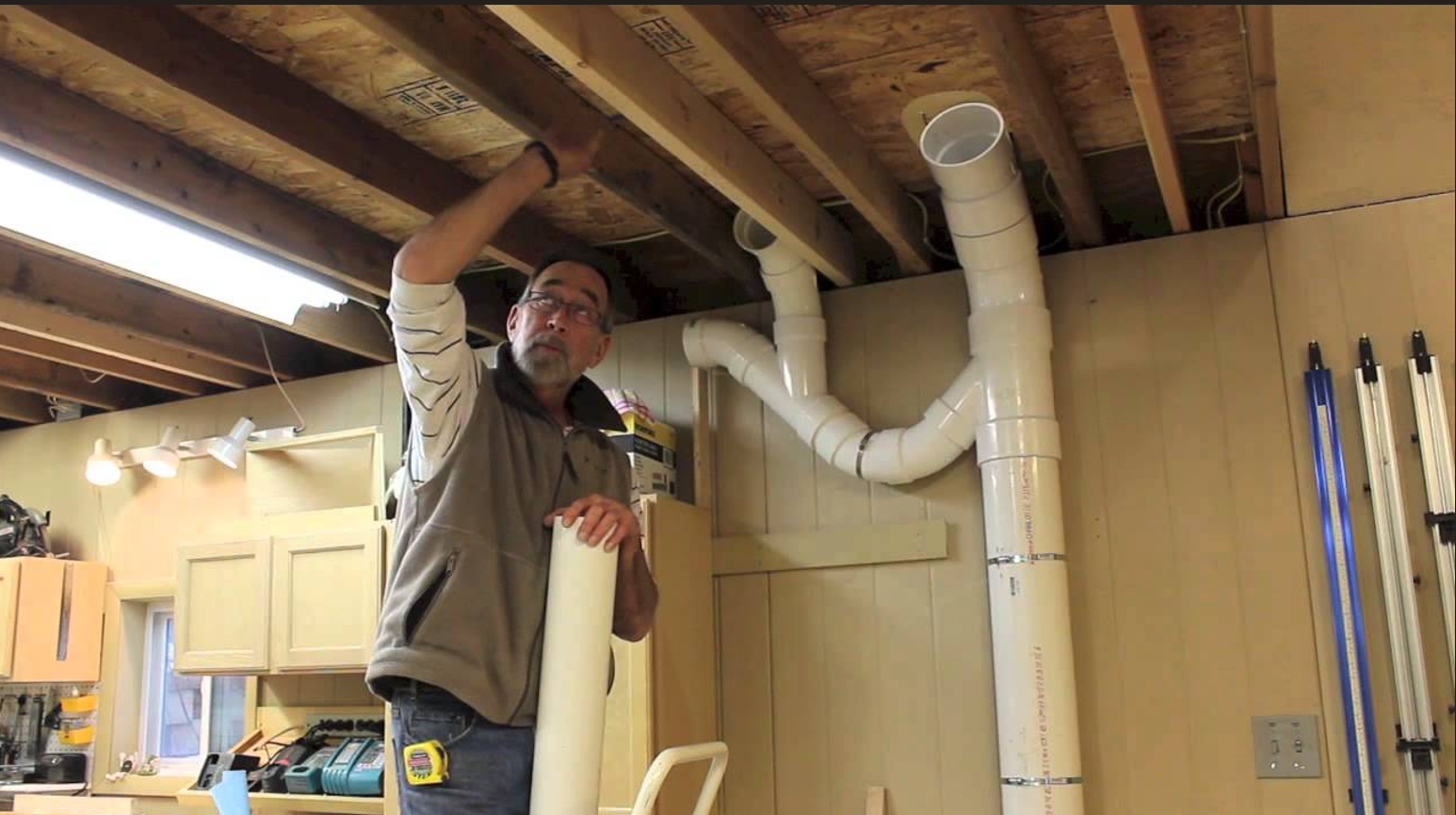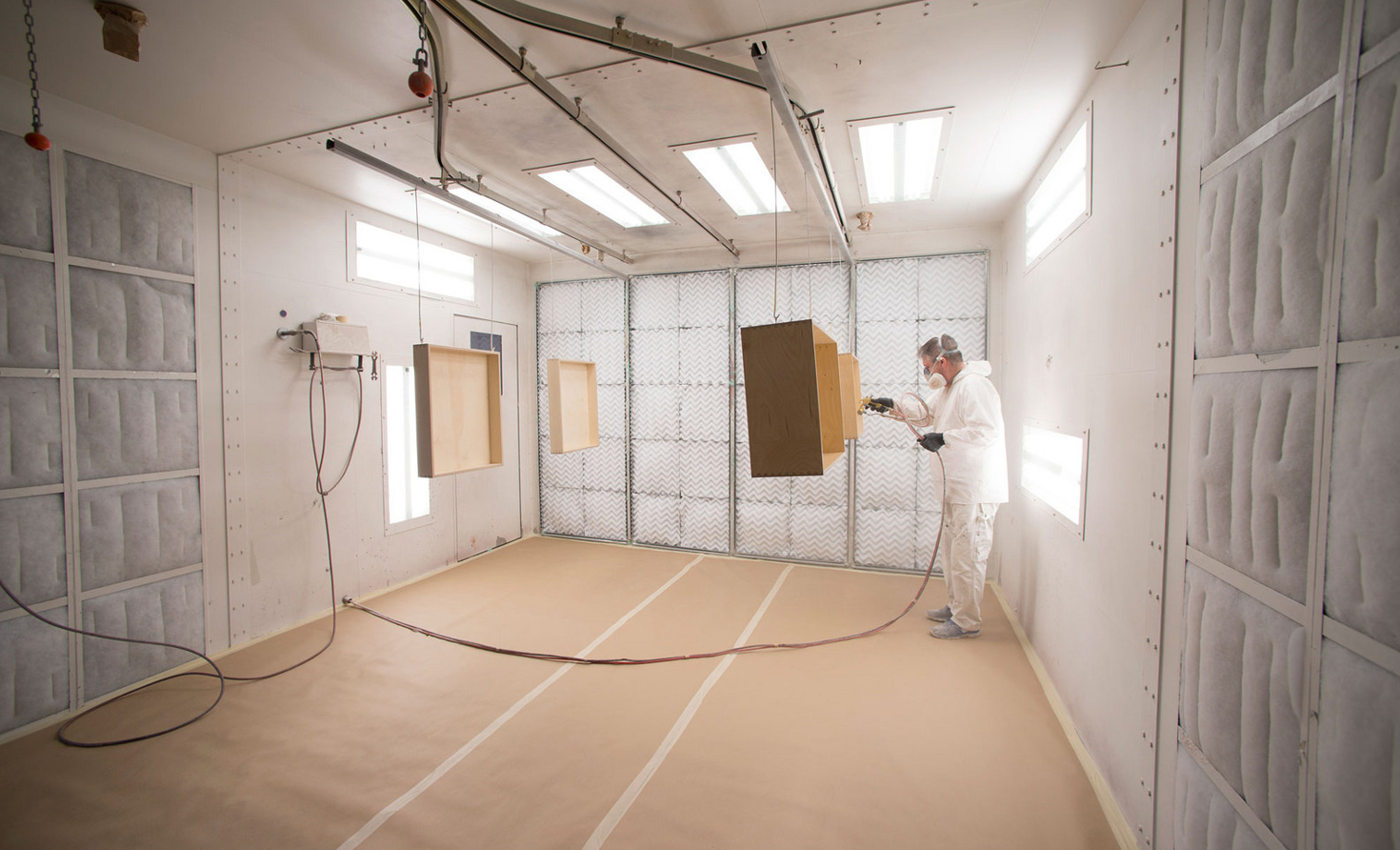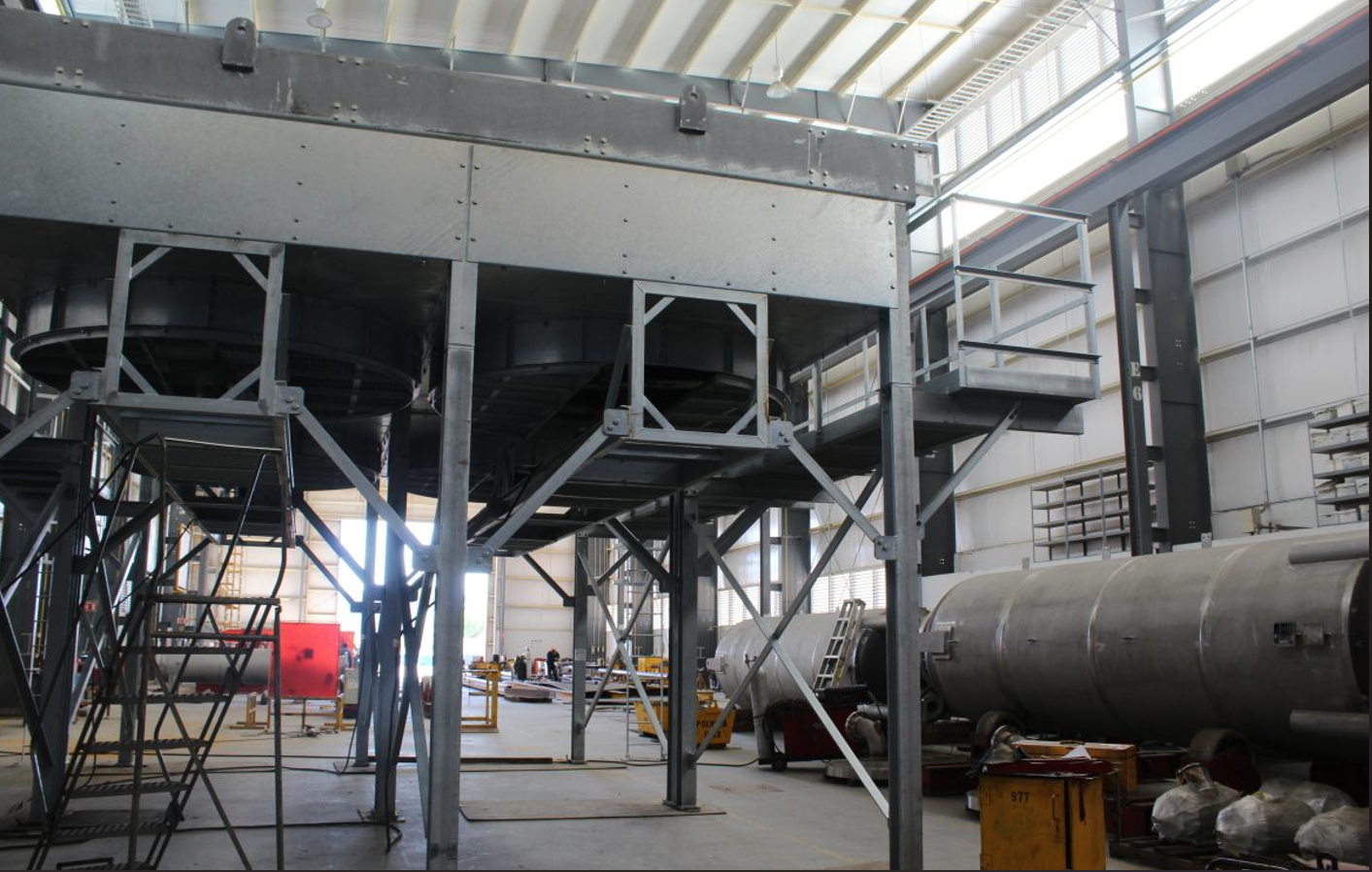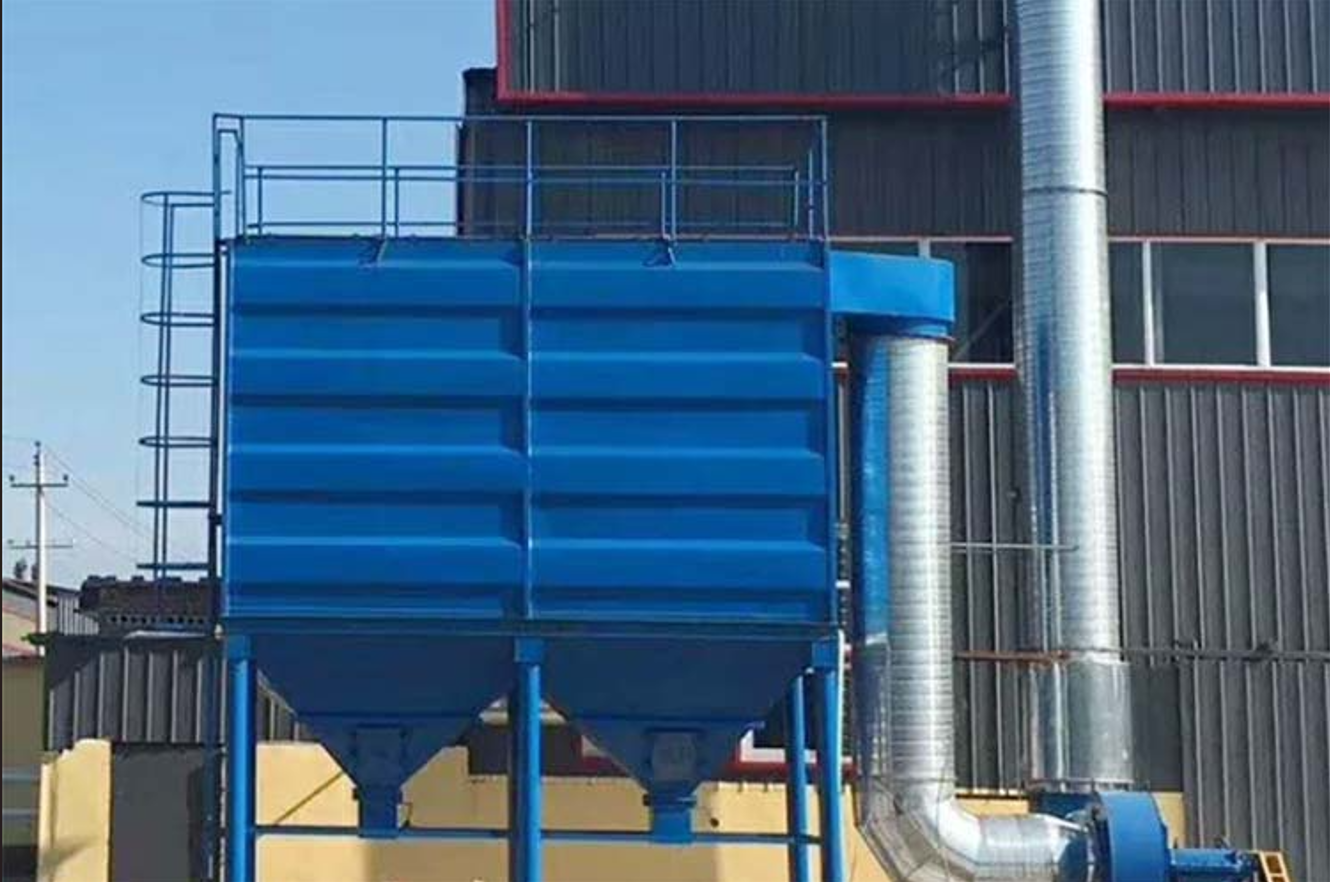Installing a dust collector system isn't just about placing a machine in the corner of your facility and switching it on. To ensure it works efficiently, improves air quality, and extends equipment life, proper installation and ductwork planning are critical. This guide outlines the best practices for establishing a reliable and long-lasting dust collector system, particularly for industrial and manufacturing units.
1. Understand Your Dust Collection Needs
Before you choose a system, assess the type and volume of dust your processes generate. This ensures you pick the right unit — whether it’s a cartridge dust collector, cyclone dust collector, or a manual dust collector.
Ask yourself:
- Is the dust fine or coarse?
- Is it explosive or toxic?
- How many machines are generating dust?
This will determine airflow requirements, filter type, and the best ducting layout.
2. Choose the Right Type of Dust Collector
There are several types of dust collectors, each suited for specific applications:
- Cartridge Dust Collector: Ideal for fine particles in metalworking, pharmaceuticals, and woodworking.
- Cyclone Dust Collector: Perfect for capturing large, heavier dust particles before they reach the filters.
- Manual Dust Collector: Best for smaller setups or spaces with occasional dust control needs.
If you’re not sure which one is right for you, you can check out this dust collector overview for better insights.
3. Plan Your Ductwork Layout Smartly
Ductwork is the backbone of an efficient dust collection system. If poorly designed, it can lead to pressure drops, blockages, or uneven suction.
Best Practices:
- Keep duct runs short and direct – This reduces air resistance.
- Avoid sharp bends or sudden transitions – Use long-radius elbows and gradual transitions to maintain consistent airflow.
- Install blast gates – This allows you to control suction for different machines and save energy.
- Use the correct duct diameter – Undersized ducts can choke airflow; oversized ones can reduce velocity and cause dust to settle.
4. Focus on Proper Installation Location
The placement of the dust collector affects its efficiency and accessibility for maintenance.
Things to Consider:
- Install it close to the dust source if possible.
- Allow enough clearance around the unit for filter changes and inspections.
- Ensure the exhaust vents away from occupied areas.
- If using an outdoor unit, protect it from weather elements.
5. Ensure Proper Sealing and Grounding
Leaks in ductwork or unsealed collection bins reduce system performance. Make sure:
- All joints are tightly clamped or sealed.
- Collection drums and hoppers are properly latched.
- The system is grounded to prevent static electricity, especially when collecting fine or explosive dust.
6. Ventilation and Airflow Calibration
Once installed, test the airflow using an anemometer or airflow meter. This helps you identify:
- Any leaks or restrictions in ducting
- Underperforming sections
- Whether fan speed adjustments are required
Balancing the system ensures uniform dust collection and reduces the load on the filters.
7. Schedule Regular Maintenance
Even a perfectly installed system can degrade without care. Regular maintenance ensures filters last longer, motors run efficiently, and suction remains strong.
Checklist:
- Inspect and replace filters as per the manufacturer’s schedule.
- Check for duct buildup or blockages.
- Clean fans and motor housings.
- Inspect all sealing joints.
8. Safety and Compliance First
Make sure your setup meets industry standards like OSHA or NFPA, if applicable. Especially in industries handling combustible dust, safety guidelines can’t be ignored.
- Use explosion vents or suppression systems if required.
- Train staff on operating procedures and emergency actions.
Why Getting It Right Matters
Installing a dust collection system properly is more than a one-time job — it impacts your long-term productivity, air quality, and even the health of your workers. Whether you're using a cartridge dust collector for precision filtering or a cyclone dust collector for heavy-duty applications, correct setup ensures the system works the way it’s meant to.



